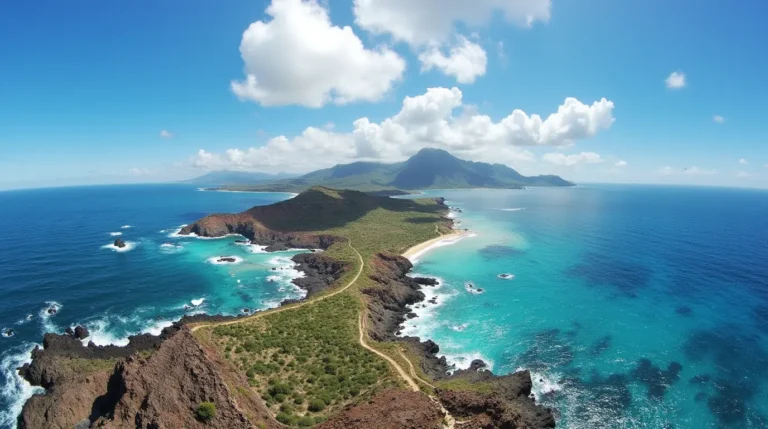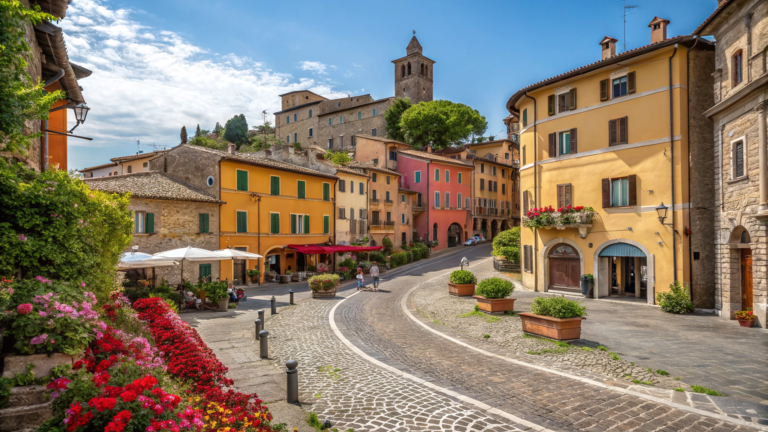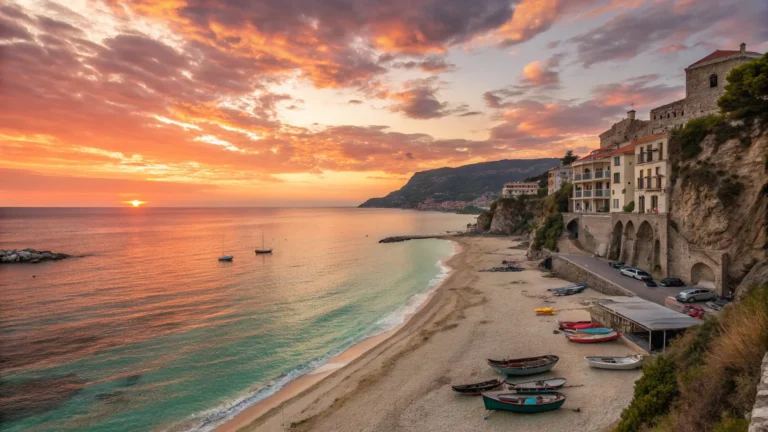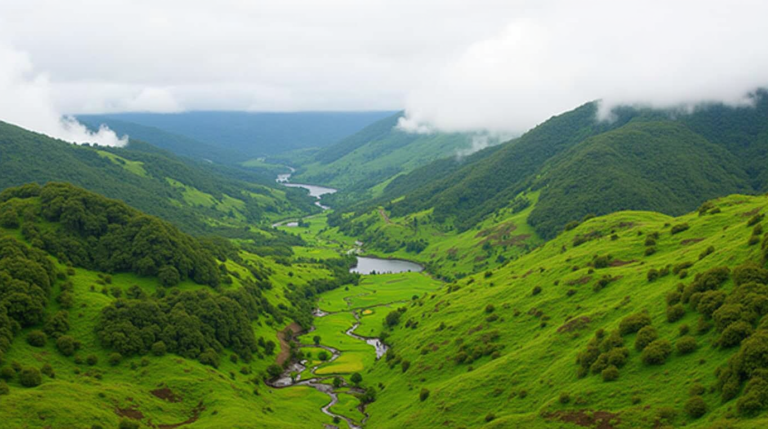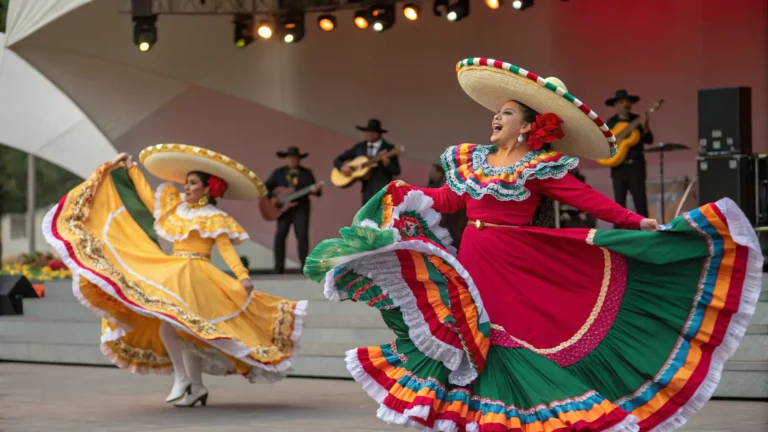Name of Holiday in Madagascar? 3 Crazy Festivals Exposed!
Last updated on May 25th, 2025 at 11:23 pm
The rooster outside my window wouldn’t shut up. It was 4:30 AM in this tiny village called Ambohimahasoa, and I was seriously questioning my life choices. I’d been backpacking through Madagascar for three weeks, mostly hitting the usual spots – Avenue of the Baobabs, Andasibe rainforest, you know the drill. But my guesthouse owner, this elderly woman named Bao, kept hinting about some “big family event” happening that weekend.
“You should stay,” she’d say with this knowing smile. “Very important for Malagasy people.”
Honestly? I almost bailed. My flight to Mauritius was in five days, and I had zero clue what she was talking about. But something about the way her eyes lit up when she mentioned it made me curious. Plus, the bus fare back to Tana was brutal, and I was running low on cash anyway.
Best decision I ever made.
That Saturday morning, as I stumbled out of bed cursing that rooster, I witnessed something that completely rewired my brain about what family actually means. Picture this: dozens of people streaming toward this ancient stone tomb, carrying what looked like large bundles wrapped in gorgeous silk. Everyone’s dressed up, kids are laughing, and there’s this energy in the air that felt part Christmas morning, part family reunion.
Then I realized those bundles weren’t bundles at all. They were people. Dead people. And everyone was about to have the most beautiful party I’d ever seen.
That’s how I discovered the name of holiday in Madagascar that changed everything I thought I knew about death, celebration, and what it means to honor your family. And trust me, it was just the tip of the iceberg.
Why Madagascar’s Festivals Will Mess With Your Head (In the Best Way)
Look, I’ve been to my share of cultural festivals. Holi in India, Day of the Dead in Mexico, even that crazy tomato fight in Spain. But Madagascar? This place operates on a completely different level.
First off, forget everything you think you know about Madagascar from animated movies. This island has 18 distinct ethnic groups, each doing their own thing for centuries. We’re talking about traditions that have zero Western influence, mixed with bits of African, Asian, and yes, some French colonial stuff thrown in.
But here’s what really got me – everything revolves around ancestors. Not in some abstract “honoring the memory” way, but like your great-great-grandmother is literally still part of the family WhatsApp group. She has opinions. She gives advice. She gets mad if you don’t visit her tomb regularly.
What makes Madagascar festivals unique:
- Your dead relatives are still family members with opinions
- Some celebrations only happen every 5-7 years (talk about anticipation)
- These aren’t performances for tourists – they’re real family business
- The isolation kept traditions completely authentic
The Western part of me initially thought this was all symbolic. Nope. These folks genuinely believe their ancestors are active participants in daily life. And you know what? After watching how it brings families together, I’m not sure we shouldn’t all try it.
Famadihana: Dancing With Dead People (And Why It’s Beautiful)
So back to that morning in Ambohimahasoa. What I stumbled into was Famadihana – literally “turning the bones.” Every few years, families dig up their ancestors, give them fresh silk outfits, and throw the ultimate reunion party.
Bao grabbed my arm around 6 AM. “Come, come! My family starts now!”
The Most Surreal Morning of My Life
I’ll never forget walking up that hill toward their family tomb. It’s this massive stone structure built right into the hillside, probably older than any building I’d ever seen. Maybe thirty people were gathered around – grandparents, parents, teenagers, little kids running around. Everyone dressed in their absolute best clothes.
Then the tomb opened.
Three men carefully lifted out what looked like a person-shaped bundle wrapped in old, yellowed silk. Then another. And another. Six bundles total – Bao’s parents, grandparents, and her brother who died in a car accident fifteen years ago.
My Western brain was screaming “NOPE” but my heart was doing something completely different. Because this wasn’t scary or morbid. It was… loving. These people were welcoming their family members home.
“Grandmother always loved new clothes,” Bao whispered as they began unwrapping the old silk. “Today she gets beautiful new dress.”
When Dead People Get Better Treatment Than Most Living People
Here’s where it gets wild. Each ancestor gets rewrapped in brand-new silk shrouds that cost more than most Malagasy people make in months. We’re talking $200-300 per shroud, and families often have 6-8 ancestors in their tombs.
But then – and this is the part that broke me – they started dancing.
Not some somber, respectful shuffle. Full-on dancing. With their dead relatives. They carried each bundle around the tomb seven times while this incredible traditional music played. Kids were laughing, adults were telling stories about the deceased, and everyone was having the time of their lives.
“Uncle Henri was best dancer in village,” one cousin shouted while carrying his bundle. “He still is!”
Reality check about Famadihana:
- Families save for years to afford proper celebrations
- Extended relatives travel from across Madagascar to attend
- The whole thing can cost $3,000-5,000 per family
- It only happens every 5-7 years, so timing is everything
- Urban migration is making it harder for families to participate
I spent three days with Bao’s family, sleeping on mats, eating rice with my hands, and hearing stories about relatives I’d never meet but somehow felt like I knew. By the end, I was crying when they sealed the tomb back up. Not from sadness – from overwhelming gratitude for being included in something so deeply personal.
Sambatra: When Little Boys Become Kings for a Week
Two months later, I’m in northern Madagascar researching zebu cattle markets (thrilling stuff, I know) when my guide Hery mentions his nephew’s upcoming Sambatra ceremony.
“What’s that?” I asked.
“Circumcision celebration. Very big party. You want to see?”
Now, I’ll be straight with you – I almost said no. Circumcision ceremonies aren’t exactly my comfort zone. But Hery seemed excited about it, and after the Famadihana experience, I’d learned to say yes to things that made me uncomfortable.
The Week That Changed My Understanding of Community
This wasn’t just a medical procedure with cake afterward. This was a weeklong celebration that turned 4-year-old Koto into the most important person in three villages.
The buildup started days before. Relatives I didn’t even know existed kept showing up at Hery’s compound. Aunts from Antananarivo, cousins from coastal towns, grandparents who looked like they’d walked straight out of National Geographic. Everyone bringing gifts, food, and stories.
Koto, meanwhile, was living his best life. Special traditional clothes, getting carried around on shoulders, everyone asking his opinion on everything. “Koto, what do you want for dinner?” “Koto, which songs should we play?” Kid was basically four-year-old royalty.
What shocked me about Sambatra:
- The ceremony itself was just one morning – the celebration lasted eight days
- Extended family members took time off work to attend
- Community members contributed money, food, and labor
- Boys undergoing circumcision are treated like celebrities throughout
- Different regions have completely different traditions
The Northern Madagascar Experience
In the Antandroy region where I was staying, Sambatra gets intense. They sacrifice zebu cattle (expensive animals worth $300-500 each), hold elaborate desert ceremonies, and the dancing goes until sunrise every single night.
The actual circumcision happened early morning with traditional healers, community witnesses, and zero medical equipment that would pass Western standards. But the aftercare? These boys got better treatment than patients in five-star hospitals.
Koto spent recovery week being hand-fed his favorite foods, getting constant attention from relatives, and receiving gifts from literally everyone who visited. When he was finally declared healed, the celebration that followed made New Year’s Eve look tame.
“This boy will remember this week his whole life,” Hery’s mother told me. “He will know his community loves him, supports him, wants him to succeed. This is not just cutting – this is welcoming him to manhood with full heart.”
Tromba: The Spirit Possession Ceremony That Actually Works
Three months into my Madagascar adventure, I thought I’d seen everything. Then I met Noro.
Noro was this soft-spoken taxi driver in Morondava who moonlighted as a traditional healer. We got to talking during a long drive to see the famous baobab trees, and he mentioned something about helping people communicate with royal spirits.
“What do you mean, communicate?” I asked.
“Tromba ceremony. Very powerful. Spirits speak through chosen people to help community.”
I’ve got to be honest – my first reaction was skepticism. Spirit possession sounds like something from horror movies, not legitimate cultural practices. But Noro seemed completely normal, and after everything I’d experienced, I figured I should at least learn about it.
The Night That Challenged Everything I Thought I Knew
The ceremony happened in this compound outside Morondava on a moonless Thursday night. Maybe forty people sitting in a circle around an elderly woman named Hanta who looked about as mystical as my grandmother (meaning not at all).
Traditional musicians started with valiha – these bamboo tube instruments that sound like nothing you’ve ever heard. Haunting, rhythmic, hypnotic. Add drums, some chanting, and this homemade rum called toaka gasy, and the atmosphere became electric.
Then Hanta changed.
I mean completely changed. Her posture straightened, her voice deepened, and she started speaking with this authority that hadn’t been there five minutes earlier. According to everyone there, she was now possessed by the spirit of a long-dead Sakalava queen.
What happened during the three-hour ceremony:
- Community members asked questions about personal problems
- “The queen” gave specific advice about everything from crop failures to relationship issues
- People requested healing for physical and emotional problems
- Disputes between neighbors got mediated and resolved
- Everyone received some form of guidance or comfort
The Part That Actually Made Sense
Look, I’m not saying I believe in spirit possession. But I am saying I witnessed something that functioned like the most effective community therapy session I’ve ever seen.
This elderly woman – or whoever she’d become – addressed every single person’s concerns with wisdom, empathy, and practical solutions. Family disputes got resolved. People with depression received support. Farmers got advice about crop rotation that actually sounded pretty smart.
Whether it was ancient royal spirits or just Hanta’s decades of life experience channeled through ritual, people left that ceremony feeling heard, supported, and less alone with their problems.
“Tromba is not magic trick,” Noro explained afterward. “Is community healing. People need guidance, need to feel connected to something bigger than daily struggles. Spirits of ancestors and royalty represent wisdom of all who came before us.”
Modern Madagascar struggles with this tradition. Christian churches oppose it, educated urbanites dismiss it, and government officials ignore it. But in rural communities, Tromba still provides psychological and social support that formal healthcare systems can’t match.
The Reality of Festival Tourism in Madagascar
After experiencing these incredible traditions, people constantly ask me: “How can I see this stuff myself?” Here’s the unfiltered truth about festival tourism in Madagascar.
Timing Is Absolutely Everything
Most guidebooks won’t tell you this, but Madagascar’s festivals operate on schedules that have nothing to do with tourist convenience. Famadihana happens every 5-7 years per family, usually during dry season (July-September). Sambatra celebrations occur when families have saved enough money and boys reach appropriate age. Tromba ceremonies happen when communities need them.
You can’t just show up and expect to witness authentic festivals. I got lucky because I spent months building relationships with local families who eventually trusted me enough to include me in their most personal celebrations.
Practical realities:
- Budget $300-600 per day for legitimate cultural experiences
- Plan for basic accommodations (village homestays, shared facilities)
- Expect uncomfortable transportation on terrible roads
- Bring patience – everything happens on “Malagasy time”
- Learn basic French or Malagasy phrases (English is rare outside cities)
Cultural Sensitivity Isn’t Optional
This is where I need to get serious for a minute. These aren’t tourist attractions. They’re deeply personal family and religious events. If you can’t approach them with genuine respect and cultural humility, please don’t go.
I made embarrassing mistakes early on. Wrong clothing, inappropriate photography, asking stupid questions. Thankfully, Malagasy people are incredibly gracious about educating respectful visitors, but I cringe thinking about my early cultural fumbles.
Non-negotiable rules I learned:
- Always work with local cultural guides, not international tour operators
- Ask permission before attending anything
- Dress conservatively (long pants, covered shoulders, no revealing clothing)
- Bring appropriate gifts (silk cloth, rice, small money contributions)
- Photography is restricted or forbidden at most sacred moments
- Be prepared to contribute to community expenses
The families who welcomed me into their celebrations spent thousands of dollars they couldn’t afford on these festivals. Contributing financially isn’t optional – it’s showing basic respect for their generosity.
Why These Traditions Matter More Than Tourism
After eight months in Madagascar, witnessing dozens of ceremonies and celebrations, I’ve come to understand something that Western culture has mostly lost – the power of genuine community connection.
In our world of social media “friends” and virtual relationships, Malagasy festivals demonstrate what real human connection looks like. Extended families traveling for days to be together. Neighbors pooling resources to support each other’s celebrations. Entire communities coming together to mark life’s important transitions.
These traditions also preserve ancient wisdom about dealing with universal human challenges – grief, coming of age, seeking guidance during difficult times. The specific practices might seem foreign, but the underlying human needs they address are exactly the same ones we all face.
Challenges threatening these traditions:
- Economic pressure making ceremonies unaffordable
- Urban migration scattering extended families
- Religious and cultural pressure to abandon “primitive” practices
- Climate change affecting agricultural communities
- Limited documentation and preservation efforts
Young Malagasy people face impossible choices between preserving their cultural heritage and pursuing economic opportunities in cities. Many families can no longer afford traditional celebrations, while others struggle to maintain practices when relatives scatter across the island.
What Madagascar Taught Me About Being Human
Madagascar’s festivals completely rewired my understanding of family, death, community, and spirituality. They showed me alternative ways of thinking about relationships that extend beyond individual lifetimes and community obligations that go deeper than convenient social connections.
But more than that, they demonstrated something I’d been missing in my own life – the profound human need for belonging, for ritual, for shared meaning that goes beyond daily survival.
Watching families dance with their ancestors taught me that death doesn’t have to mean disconnection. Seeing communities rally around young boys during Sambatra showed me what real support systems look like. Witnessing Tromba ceremonies revealed how collective wisdom can address individual problems in ways that isolated counseling often can’t.
The name of holiday in Madagascar encompasses far more than celebration – it represents living connections to ancestral wisdom, community bonds that span generations, and spiritual practices that address fundamental human needs our modern world often ignores.
These experiences changed how I think about my own family relationships, my connection to community, and what it means to honor the people who came before me. They challenged every assumption I had about “primitive” versus “advanced” cultures and left me questioning which society actually has a better handle on what makes life meaningful.
What traditions from your own background connect you to something bigger than yourself? Have you ever experienced cultural practices that completely changed your perspective on life? I’d love to hear about your experiences – especially if they challenged what you thought you knew about the world.


